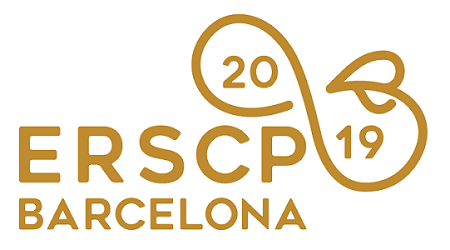Papers Proceedings »
Environmental assessment of greenhouses in an urban agriculture context: a case study in the Barcelona region.
The building sector is responsible for nearly half of the world’s primary energy consumption and thus, are one of the major concerns to achieve a sustainable development. On the other hand, the food sector consumes between 13 and 15% of energy, mainly due to the energy-intensive nature of greenhouses aimed to create a controlled environment satisfactory for plant growth. Moreover, greenhouses can provide food security with a better resource use-efficiency. Taking into account the expected rise of world population, particularly in cities, we require solutions to decarbonise the building and the food sectors. Sustainable urban development calls for a more integrative approach between industrial systems. This will allow an industrial symbiosis between systems, moving from a linear to a circular economy and therefore satisfying the growing demand of resources. Integrated rooftop greenhouses (iRTG) are an example of urban agriculture currently used to improve urban sustainability via the exchange of flows between the greenhouse and the building. Buildings can provide sunlight spaces, rainwater collection and waste heat that can be profitable for other industrial systems such as greenhouses.
Greenhouses are made of a variety of materials with a range of advantages and disadvantages. Here we assess the environmental impacts of greenhouses construction through different case studies in the Barcelona area; the iRTG located in the ICTA building at the Universitat Autònoma de Barcelona (UAB) when compared with two convectional greenhouses covered with glass and polyethylene. A life cycle assessment (LCA) has been carried out of the input materials taking into account the nature based of the greenhouses to compare different alternatives and give sustainability assessment of these different forms of agriculture. Thus, it will be possible to address future greenhouse structures in order to optimise its construction impacts, creating low-carbon and resilient infrastructures while improving sustainability in urban areas.
